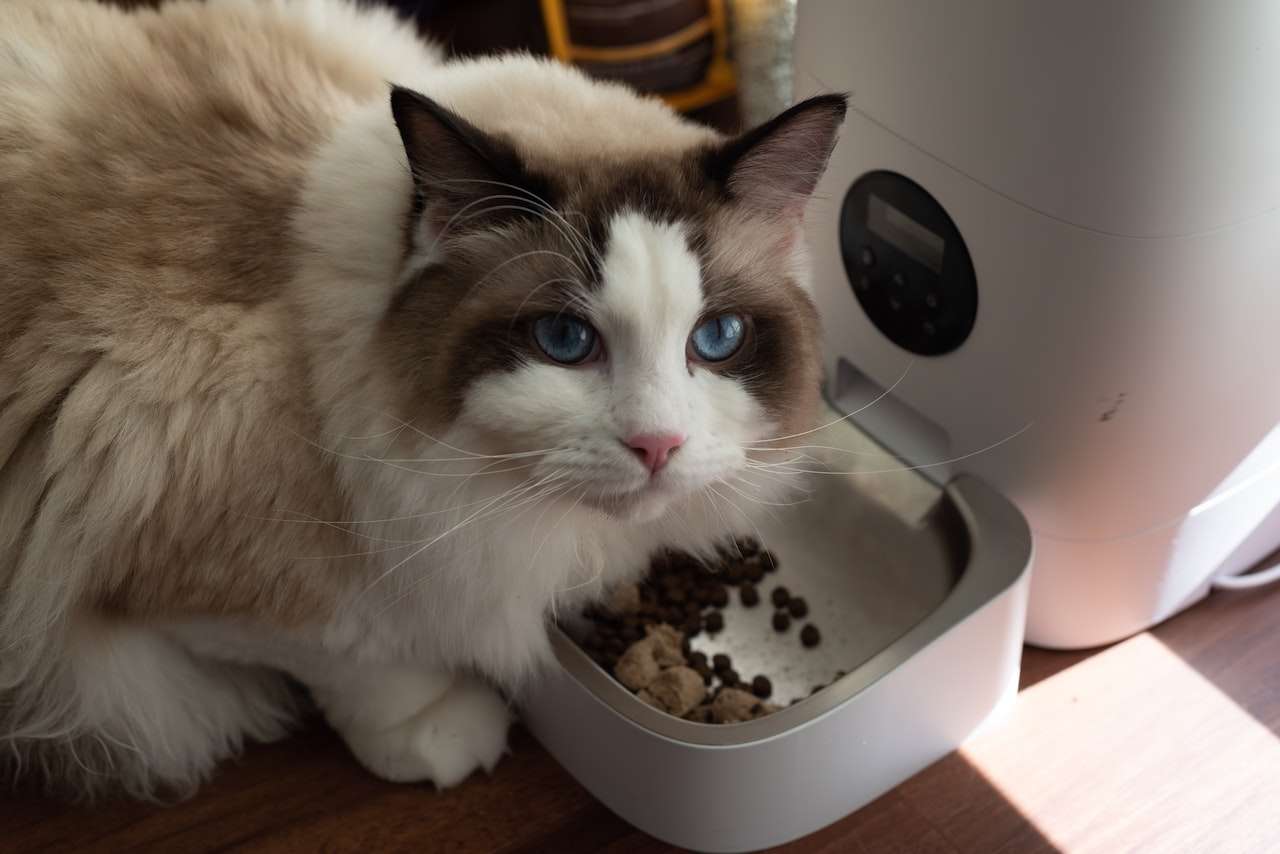As a responsible cat owner, one of the crucial decisions you’ll need to make is choosing between wet and dry cat food. Both options have their own set of advantages and drawbacks, and finding the right balance between them is essential for your feline friend’s health and well-being. In this article, we’ll delve into the pros and cons of wet and dry cat food, helping you make an informed decision for your furry companion.
Wet Cat Food:
Pros:
- Hydration: Wet cat food has a high moisture content, which can be beneficial for cats who don’t drink enough water. This added hydration is especially important for cats prone to urinary tract issues.
- Palatability: Cats are often drawn to the texture and aroma of wet food. It can be particularly appealing to picky eaters and senior cats with dental problems, as it’s easier to chew.
- Weight Management: Since wet cat food typically contains fewer carbohydrates and fewer calories than dry food, it can aid in weight management and prevent obesity-related issues.
Cons:
- Cost: Wet cat food is generally more expensive than dry food. The higher moisture content also means that it can spoil quickly if not consumed promptly.
- Storage and Convenience: The need for refrigeration and shorter shelf life can make wet cat food less convenient, especially if you’re often away from home.
- Dental Health: While wet food is gentler on older cats’ teeth, it doesn’t provide the same teeth-cleaning action that dry kibble does, potentially leading to dental problems.
Dry Cat Food:
Pros:
- Dental Health: The crunchy texture of dry cat food can help reduce plaque and tartar buildup, promoting better dental hygiene and fresher breath.
- Convenience: Dry cat food is easy to store and has a longer shelf life in pet stores. You can leave it out for your cat to graze throughout the day without worrying about spoilage.
- Cost-Effective: Dry cat food is generally more affordable than wet food, making it a practical choice for those on a budget or with multiple cats.
Cons:
- Dehydration Risk: Dry cat food contains minimal moisture, which can contribute to dehydration, especially if your cat doesn’t drink enough water.
- Weight Concerns: Some dry cat foods can be high in carbohydrates and calories, potentially leading to weight gain if not portioned properly.
- Picky Eaters: Cats can be choosy when it comes to dry food, and some might not find it as appealing as wet food due to texture or taste.
Finding the Right Balance:
In the end, the best choice for your cat might involve a combination of both wet and dry food. Mixing the two can offer the benefits of hydration from wet food and dental health from dry kibble. Remember to consult with your veterinarian before making any significant changes to your cat’s diet, especially if your cat has special dietary needs or health concerns.
Conclusion:
When deciding between wet and dry cat food, it’s important to consider your cat’s individual preferences, health requirements, and your lifestyle. While wet food excels in hydration and palatability, dry food offers convenience and dental benefits. By striking the right balance and providing a well-rounded diet, you’ll be ensuring your feline companion’s overall health and happiness for years to come.

As the editor of the blog, She curate insightful content that sparks curiosity and fosters learning. With a passion for storytelling and a keen eye for detail, she strive to bring diverse perspectives and engaging narratives to readers, ensuring every piece informs, inspires, and enriches.










